


Open-access repository established to facilitate research on the disease holds anonymized data including clinical examinations and laboratory test results from 485,000 patients processed by five institutions.

Study conducted at a FAPESP-supported research center shows that anti-inflammatory peptide TnP could lead to drug development.

Study suggests that replacing native vegetation with pasture or crops increases competition among microorganisms, favoring those with antimicrobial resistance genes. Brazilian scientists advocate more research to find out whether bacteria can migrate to food and reach humans.

Operating in the São José dos Campos Technology Park, Autaza’s RIC has an optical system for automotive paint quality inspection using computer vision and artificial intelligence.

In October the CDC recommended ten instead of 14 days of isolation for patients with mild or moderate symptoms, but Brazilian researchers found viable viral particles in 25% of samples collected from patients on the tenth day of symptoms.

There is no universally adopted system or standard for collecting, documenting and sharing the massive amount of data from research on the disease, noted an expert who took part in the Second Latin American and Caribbean Scientific Data Management Workshop.
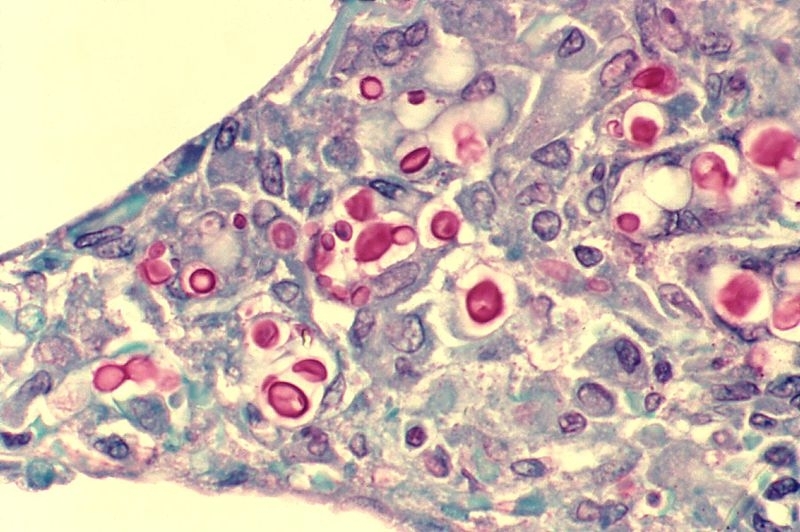
The use of CAR T-cells reprogrammed to “recognize” Cryptococcus spp. proved effective to combat the infection in vitro and in mice.

Study by researchers at the University of Campinas published in Physical Review Letters discusses both light dispersion by vibrations inside the device and light dissipation to the exterior, an aspect rarely studied hitherto.
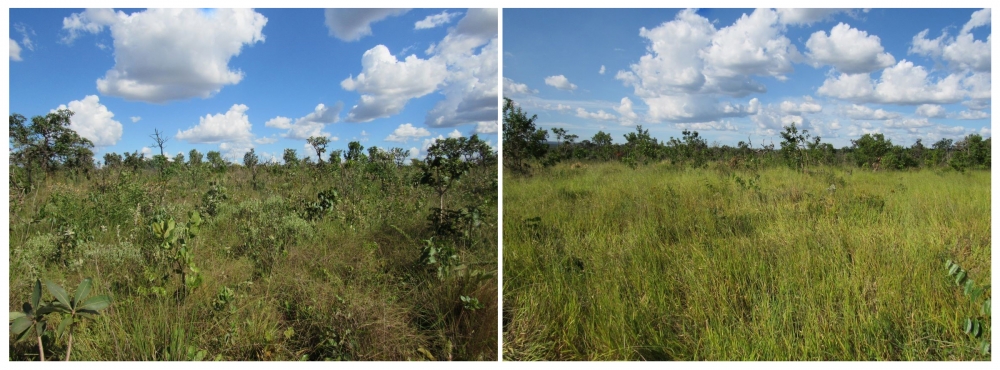
Researchers in Brazil, Argentina, Chile, and the UK are participating in the initiative. Results are published in the journal BioScience.

Scientists who study capuchin monkeys on a nature reserve in Brazil found that stone tools are used for digging, seed pounding, and stone-on-stone percussion. The monkeys can serve as a model to help understand how humans evolved to use tools.

With FAPESP’s support, PangeiaBiotech develops genetically modified varieties of sugarcane that are protected against attacking insects and glyphosate-tolerant.

Researchers at the University of São Paulo estimated biodiversity and biomass losses in the biome using data from 1,819 forest inventories. In terms of carbon storage, the losses correspond to the destruction of 70,000 km² of forest, representing some USD 2.6 billion in carbon credits.
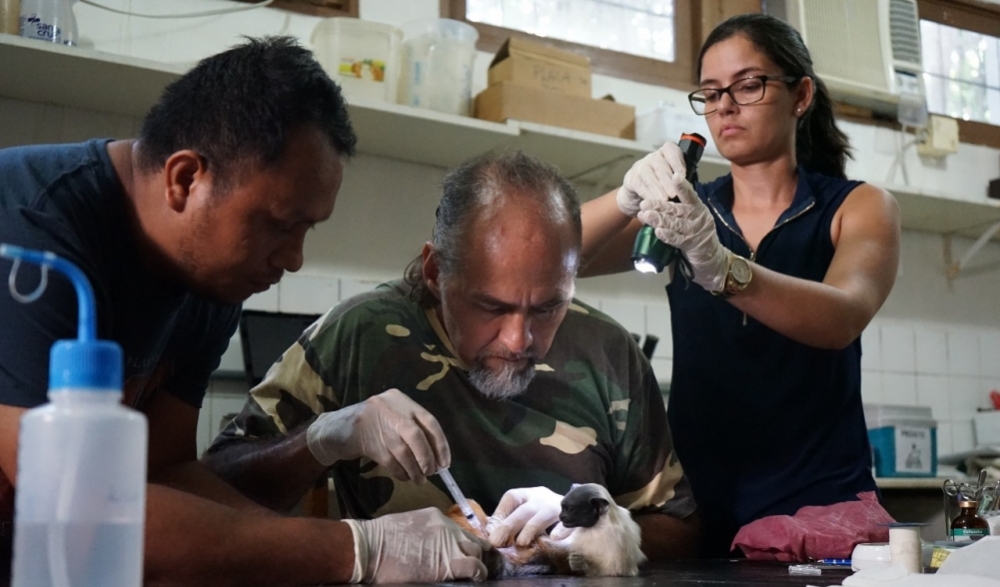
Scientists will monitor areas in which these diseases are endemic, such as São Paulo, the Amazon, the Pantanal and Panama, to investigate the factors that trigger outbreaks.

According to a paper by Brazilian researchers published in Nano Today, the spatial arrangement of proteins on the surface of SARS-CoV-2 assures highly efficient interaction with target receptors on human cells.
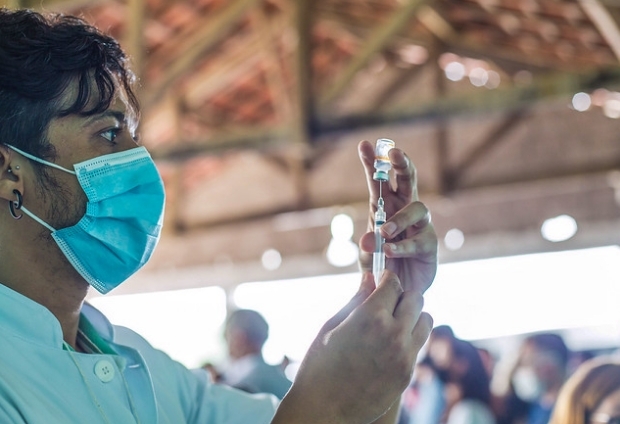
The different criteria used in Phase 3 clinical trials of the vaccines approved so far were explained by scientists in a webinar hosted by FAPESP. The impact of delays in vaccinating Brazilians was one of the topics discussed.
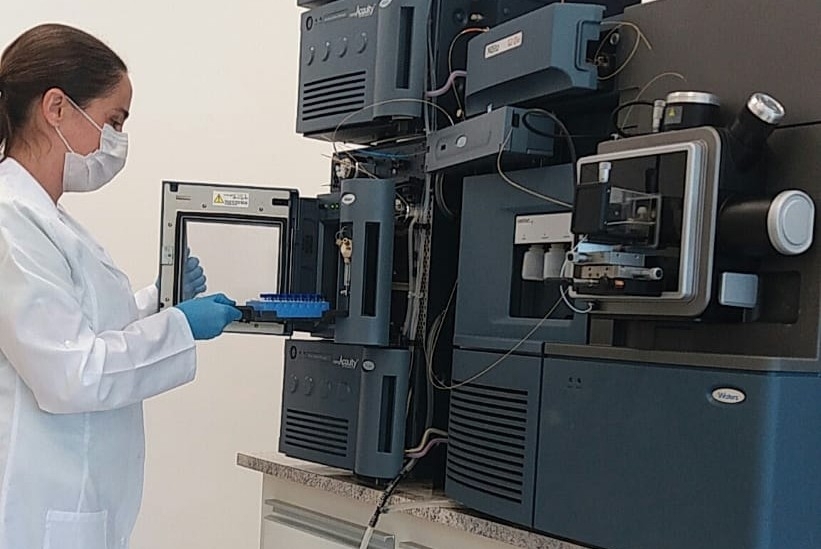
An analysis conducted in the Brazilian state of São Paulo detected seven proteins in plasma from hospitalized patients that could be used in novel treatments and methods of identifying potentially severe or critical cases.

The new Applied Research Center’s mission is to conduct research that can provide input for public policies. FAPESP is partnering with the Maria Cecilia Souto Vidigal Foundation and INSPER to mount the initiative.

In an article published in Scientific Reports, Brazilian researchers show that besides simplifying operational logistics and improving production, fertilization of the grass used as a cover crop can reduce fertilizer use in the long run.

Startup supported by FAPESP has developed equipment for biological control of pests that affect soybean and cotton production.

Fifty researchers at 26 institutions analyzed a huge mass of data, finding that no single size of conservation area is valid for the entire country.

Study involving more than 200 hospitalized patients in São Paulo shows physically active individuals are not fully protected against the disease.

Clinical trial conducted in Brazil suggests the treatment can be beneficial if administered within ten days of symptom onset.

Brazilian researchers used functional magnetic resonance imaging to assess 86 volunteers who had moderate COVID-19 and compared the results with those of uninfected volunteers. Preliminary findings have not yet been published but were presented during a conference held at the University of Campinas.
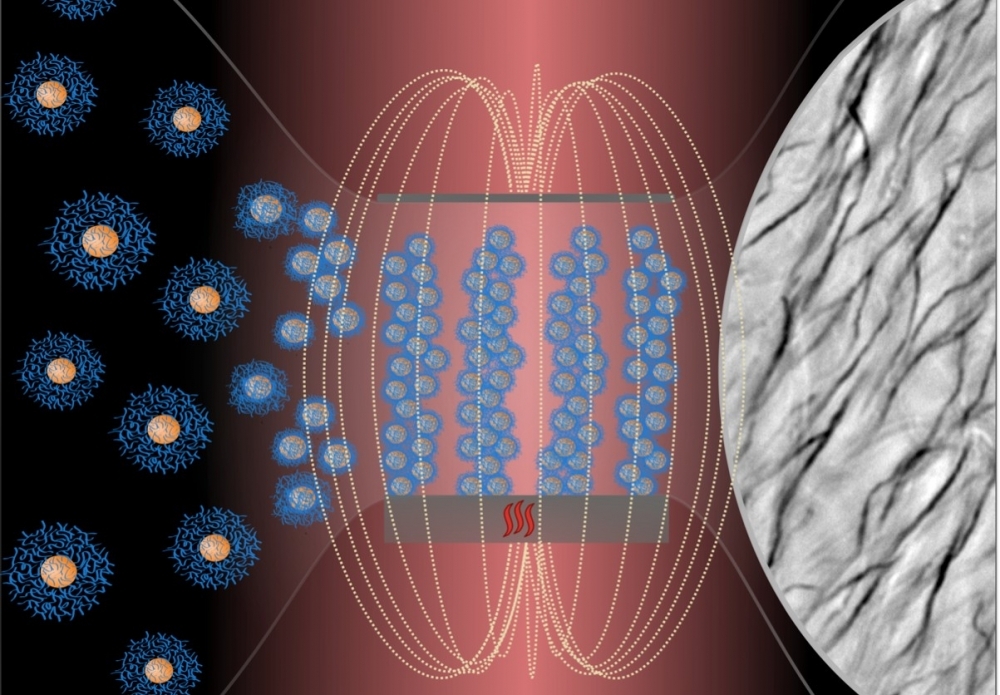
Filaments made of polymer-coated iron oxide nanoparticles are obtained by exposing the material to a magnetic field under controlled temperature. The applications are myriad and include transporting substances into cells or directing fluids.
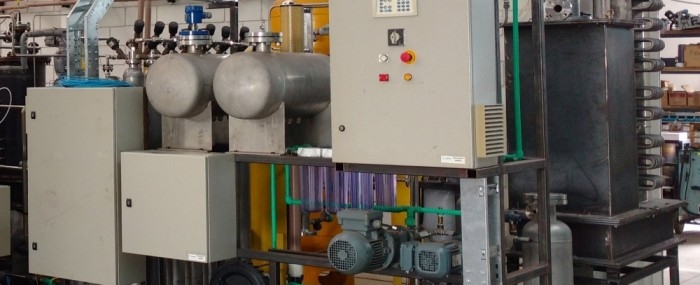
With FAPESP’s support, Hytron has developed a containerized solution for hydrogen production via ethanol reforming that eliminates the need for shipping by tanker trucks. The equipment can supply the gas to factories and vehicle service stations.